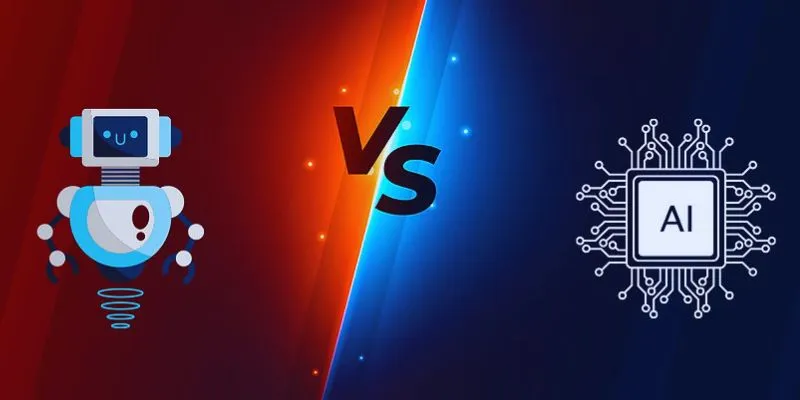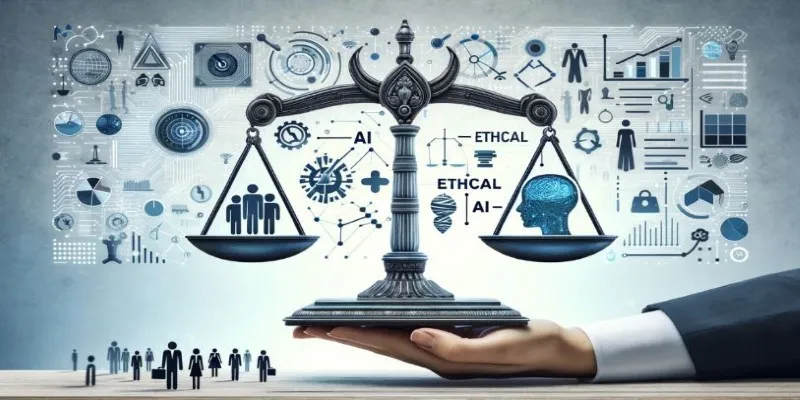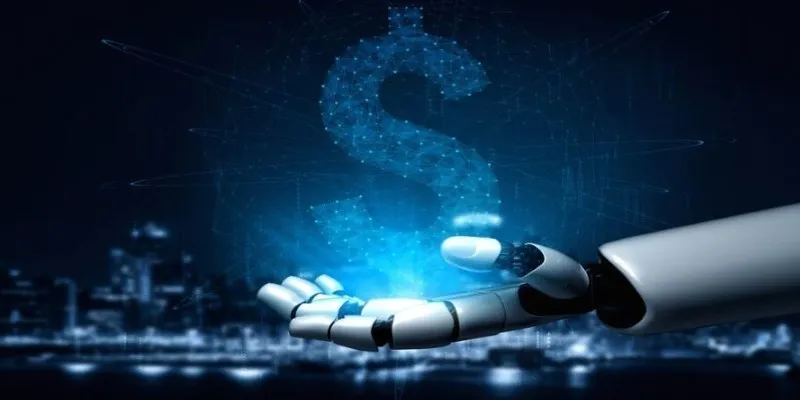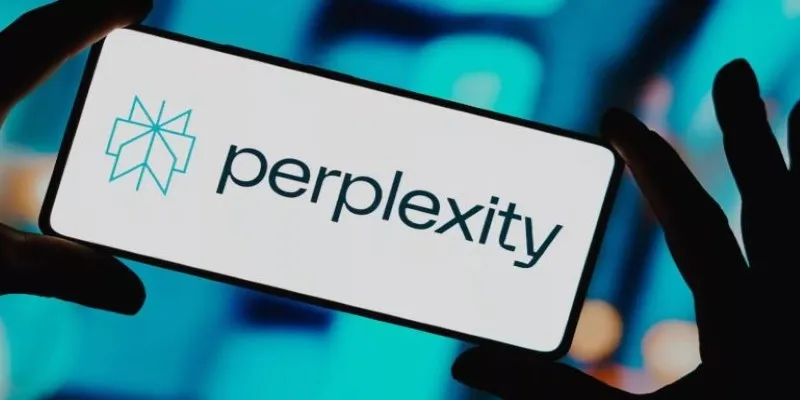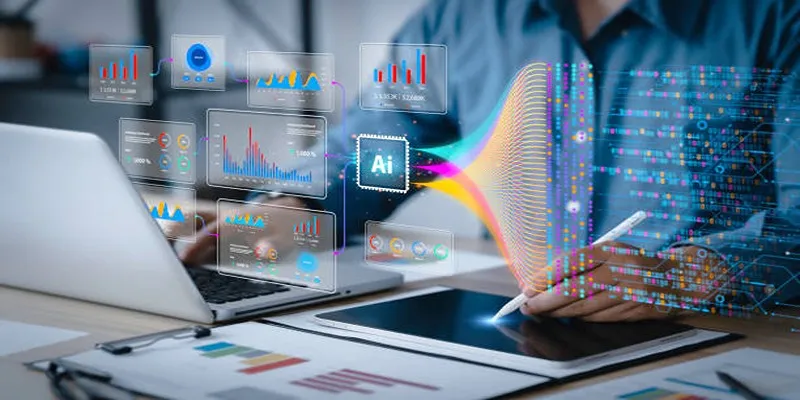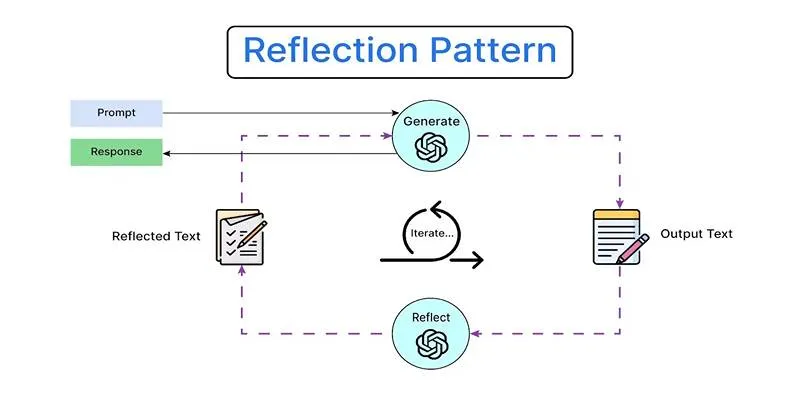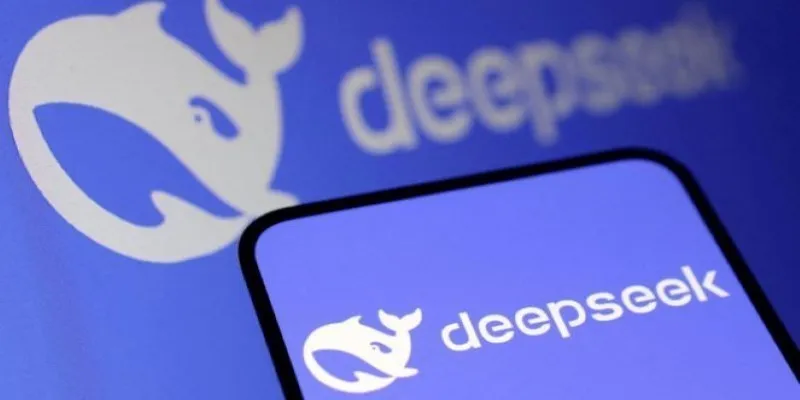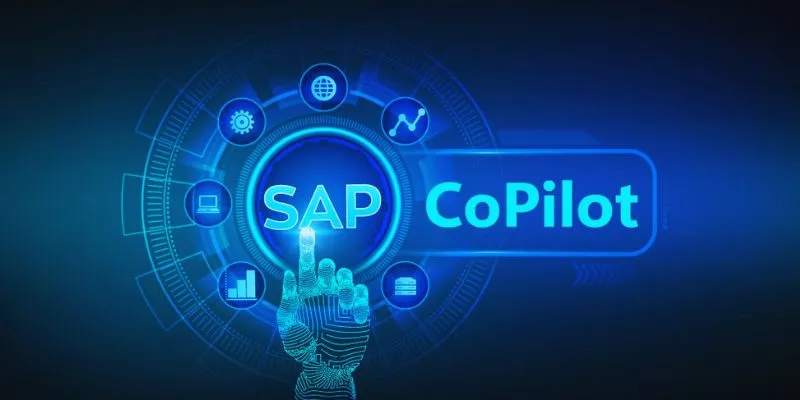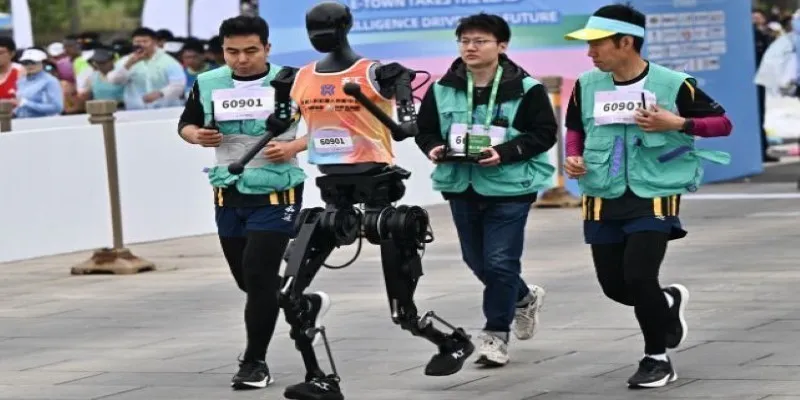The traditional classroom teaching approach is rapidly evolving in today’s digital age. No longer are textbooks and conventional classes the sole methods of learning. With the advent of technology, particularly game-based learning and artificial intelligence (AI), the educational landscape is transforming to become more engaging and effective. These tools are revolutionizing how students interact with their studies, making the learning process more enjoyable and improving academic performance.
When combined, gamification and AI integrate fun, motivation, and personalized support—three key elements often missing in traditional learning systems. This article explores how these technologies are reshaping the educational space and their potential future impact.
Understanding Gamification in Education
Gamification involves incorporating game-like features into non-game activities. In education, this means transforming learning activities into engaging, interactive experiences. Students earn points, unlock badges, and complete levels—just like in video games.
Common Gamification Features in Education Include:
- Earning awards or badges for completing lessons
- Gaining points for correct answers
- Advancing to new levels or unlocking new topics
- Competing with classmates on leaderboards
- Receiving rewards for consistent performance
The goal of gamification is to increase student engagement. Learners actively participate, tracking their progress and receiving instant rewards, which keeps them motivated. It provides a sense of accomplishment and makes even challenging tasks enjoyable.
What Role Does AI Play in Learning?
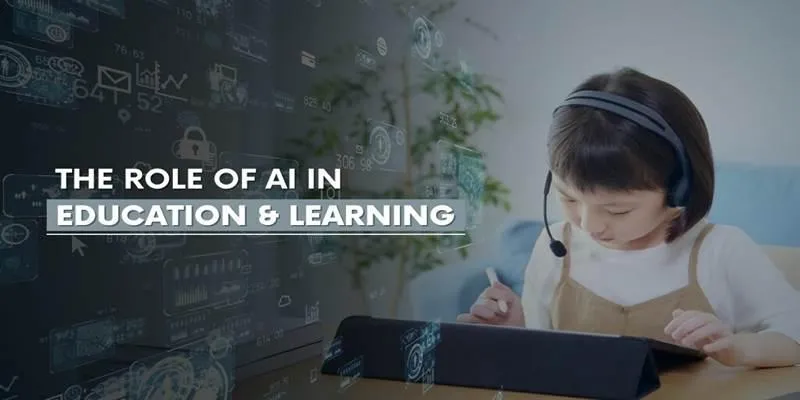
AI in education refers to systems or software that can mimic human intelligence to support the learning process. It can analyze student behavior, adapt content based on performance, and offer recommendations for improvement.
AI-Driven Tools Help In:
- Creating personalized learning plans
- Identifying areas where students struggle
- Offering instant feedback
- Automating grading and progress tracking
- Generating quizzes or tests based on past performance
Unlike traditional methods that follow a one-size-fits-all approach, AI can tailor learning to meet individual student needs. This flexibility is especially beneficial in classrooms with diverse learning styles and speeds.
How Gamification and AI Complement Each Other
While gamification makes learning exciting and enjoyable, AI ensures the experience is tailored to each student. When used together, they create a powerful combination that enhances both engagement and effectiveness.
Gamification relies on motivation. Students want to earn rewards and compete in friendly challenges. AI supports this by providing content that suits each learner’s current level. If a student is struggling, AI can adjust the difficulty or suggest a different approach. Meanwhile, gamified features keep them engaged and curious.
Here’s How They Work in Harmony:
- Real-time Feedback: AI provides immediate insights on progress, while gamification rewards improvement.
- Customized Game Challenges: AI designs tasks that match the learner’s skill level.
- Adaptive Progression: Students advance through gamified levels that reflect their actual learning journey.
- Continuous Engagement: Both tools reduce boredom and maintain student interest over longer periods.
This combination helps students feel supported and successful, even when facing difficult material.
Key Benefits for Students and Educators
The integration of gamification and AI offers several advantages for learners, teachers, and educational platforms alike.
Benefits for Students:
- Higher Motivation: Rewards, points, and fun challenges keep them interested.
- Better Focus: Interactive activities reduce distractions.
- Faster Learning: Personalized content speeds up understanding.
- Increased Confidence: Seeing progress helps build self-esteem.
Benefits for Teachers:
- Time-Saving: AI handles grading and lesson suggestions.
- Better Insights: Teachers receive detailed reports on student performance.
- Improved Classroom Management: Engaged students are more cooperative.
- Inclusivity: Supports students with different learning speeds and styles.
By easing the burden on educators and offering support to learners, these tools improve the overall quality of education.
Real-World Applications of Gamification and AI in Education
Several well-known platforms have already adopted this combination and are seeing positive outcomes.
Duolingo
Duolingo uses AI to adjust lessons based on the user’s learning pace. It rewards progress with badges, XP points, and daily streaks, making language learning feel like a mobile game.
Khan Academy
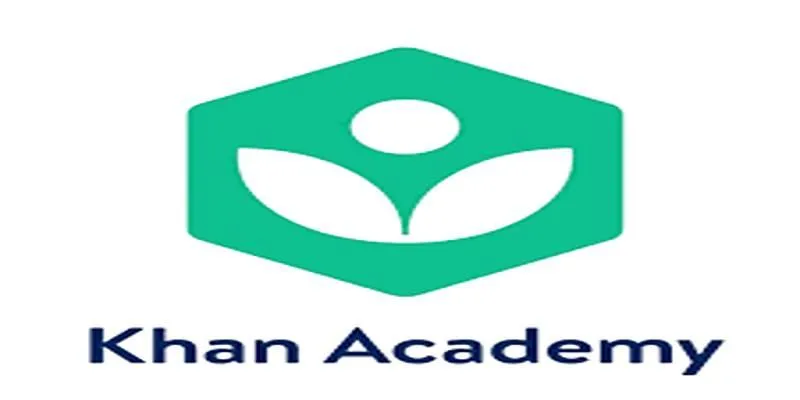
By using AI algorithms, Khan Academy’s math exercises are made more personalized. Students accumulate mastery points and level up as they progress through courses, creating a distinct sense of growth.
Classcraft
Classcraft turns classroom behavior and lessons into a multiplayer role-playing game. AI is used to track participation and tailor tasks, while gamification adds characters, quests, and rewards. These examples show how gamification and AI are not just theoretical ideas—they are already being used to enhance education on a large scale.
Future Possibilities for Gamification and AI in Education
The future of education will likely include even more innovative uses of gamification and AI. As these technologies advance, their impact on learning will deepen.
Expected Trends Include:
- AI tutors that provide round-the-clock help
- Gamified virtual classrooms using augmented or virtual reality
- Emotion-aware AI that adjusts content based on a student’s mood or energy level
- Real-world simulations that help students practice real-life scenarios through gameplay
These advancements could make learning more engaging than ever, ensuring that education keeps up with the fast pace of modern life.
Conclusion
Gamification and AI are not just trendy concepts—they are practical tools that create real changes in the way students learn and teachers teach. By combining the joy of play with smart, adaptive technology, they are building a future where education is more exciting, inclusive, and effective. As more schools and platforms adopt these strategies, learners of all ages can look forward to lessons that not only educate but also entertain. It’s a shift from passive learning to active participation, from one-size-fits-all to personalized growth. And that, ultimately, is what education should be about.
 zfn9
zfn9


